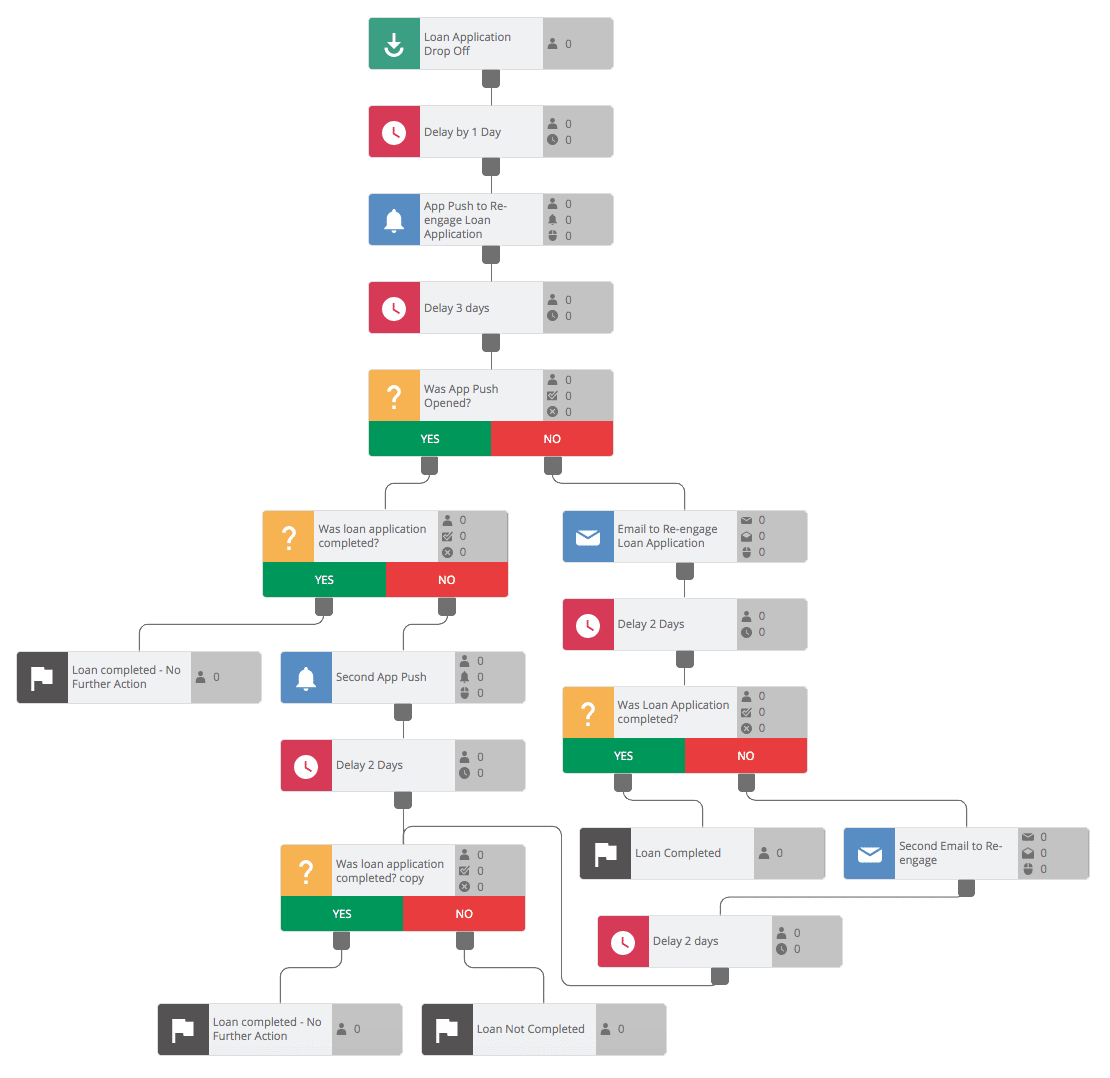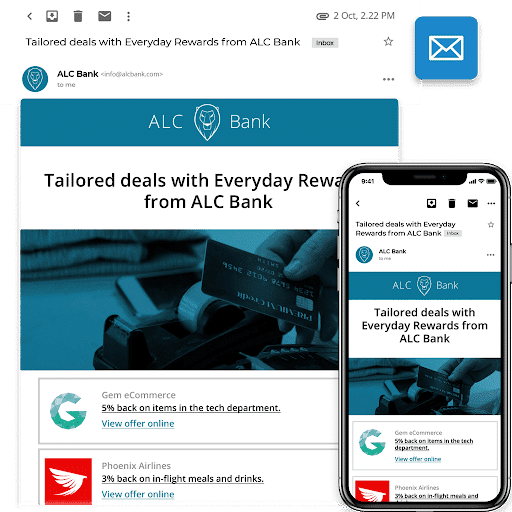Covid-19 hasn’t changed the banking industry.
Or at least, it hasn’t revealed anything we didn’t already know. What it has done is hit the fast-forward button, on everything. The migration of customers to digital, the (temporary) closing of branches, the surge in contactless payments; all of these have been in motion for years.
But it may well have been another decade before they reached their current levels naturally. We’re living in an accelerated timezone, where transformational projects need to be completed at lightspeed. Banks need to start thinking in weeks and months, not years.
We’ve already seen evidence of this, with many of the banks we work with looking to innovate and roll-out new use cases quickly. These are the types of things that under other circumstances might have dragged on for longer than was necessary.
One area that was already a focal point for banking leaders at the start of 2020 is enhancing the customer experience. In fact, a recent survey published by the Financial Brand ranked “removing friction from the customer’s journey” as the retail banking industry’s number one priority.
With banking’s sudden transition to an online-proposition, the negative impact of any kinks and bumps in the journey are only going to be amplified. Now is the time to act.
Stay connected with customers
It’s a well-worn cliche that emergencies either make or break us.
For tens of thousands of people, the next few months will see them teetering on the verge of a very personal financial meltdown.
This pandemic is a genuine opportunity for financial institutions to be of service to their customers. For those established banks that have been looking over their shoulder at the chasing pack of neos and challengers, know this; in times of crisis we often revert back to the familiar.
The stability and peace of mind that the average consumer feels towards their “traditional” bank shouldn’t be overestimated. That sort of thing matters right now. Across other industries we’re seeing evidence of the same, with consumers finding comfort in established brands.
Reach out to your customers across as many channels as you can. Keep finding new ways to engage with them.
Sound, helpful financial advice is always welcome but your audience needs it more now than they have at any time in the last decade.
Personalisation matters
Your communications strategy has got to recognise the need for a variety of tones and messages. One to one engagement isn’t only for eCommerce brands, it matters in the banking sector too.
The content you share with, and the products that you offer to, a high-income customer have to be different than what you serve to a person experiencing financial difficulties.
At best, a generic campaign says that you don’t know me at all. At worst, it can come off as insensitive and tone-deaf.
Whether it’s communicating details of a mortgage-freeze or promoting your overdraft facilities, make sure that the right message reaches the right person. With smarter segmentation you can start sending your customers solutions to their problems. That’s what real value looks like.
Real-time engagement and individual relevance are negotiable right now. With the landscape changing on a day to day basis, a huge amount of agility is required. The campaign you send today might be irrelevant, or even inappropriate, tomorrow.
Do more than state the obvious
Sending your customers an email encouraging them to bank online instead of going to their local branch is all well and good, but when the reality of the situation is that they have no alternative, is it really that helpful?
Your customers need to know exactly what they can and cannot do online or with the banking app.
Many of them are going to need assistance completing digital banking tasks that they would much rather do in person.
One of your biggest priorities should be the creation of interactive educational content, not just “how-tos” pages on your website.
Create awareness of important features and services with push notifications, and then use onsite or in-app messages to guide the customer through the necessary steps, helping them to self-serve.


We’re talking about the difference between a customer completing an online loan application for the first time, or giving up entirely. That’s the kind of frustration that leads to customers looking around them for a new bank.
Think about each potential journey, either online or within your app, and map out all of the potential steps and missteps a customer might take along the way.
A visual journey-builder can certainly help here from an orchestration point of view, but it will also give you a clear understanding of where the journey is breaking down.
Make more of your partnerships
One of the most under-utilised revenue streams in the banking sector is card-linked offers and commercial partnerships.
The issue has been partly down to a lack of personalisation, resulting in generic blasts that are largely irrelevant and therefore ignored.
As we enter a recession, people will be looking to avail of more discounts and special rates. Make sure you are promoting your partnerships.
Your customers will be grateful for it.
Don’t be afraid to go “off-message”
Campaigns don’t always have to be in support of a product or an attempt to cross-sell. Now is also a great time to think outside the usual parameters of your regular communications.
Tips on coping in self-isolation, for example, or how to improve their physical and mental wellbeing, show concern and that you see your customers as people, not just numbers.

Wrapping up
If you lack the technological resources to offer the kind of customer experience that is expected then look at partnering with service providers rather than trying to build solutions in-house. There simply isn’t time to start another round of long-term digital transformations.
We’re currently working with a number of tier-one banks globally, helping them to execute personalised, multichannel engagement strategies at speed and scale.
Feel free to get in touch for advice or to discuss a specific use case that you have in mind.













